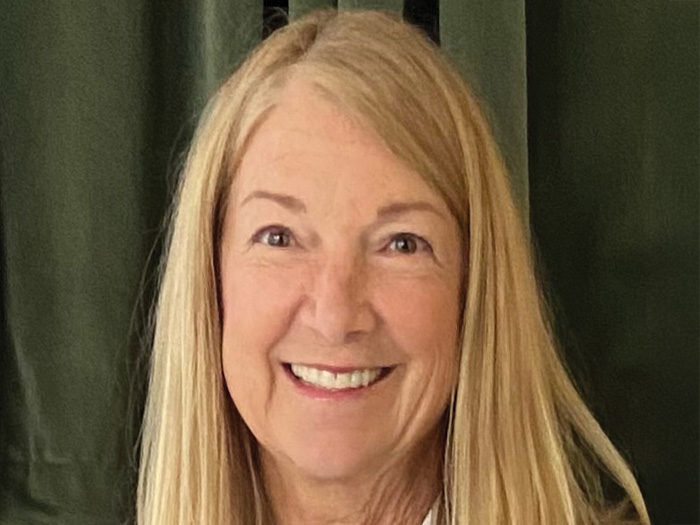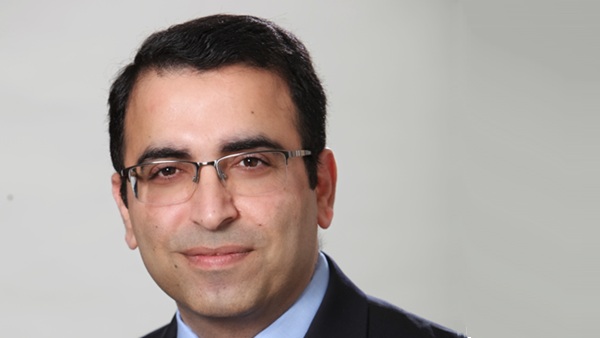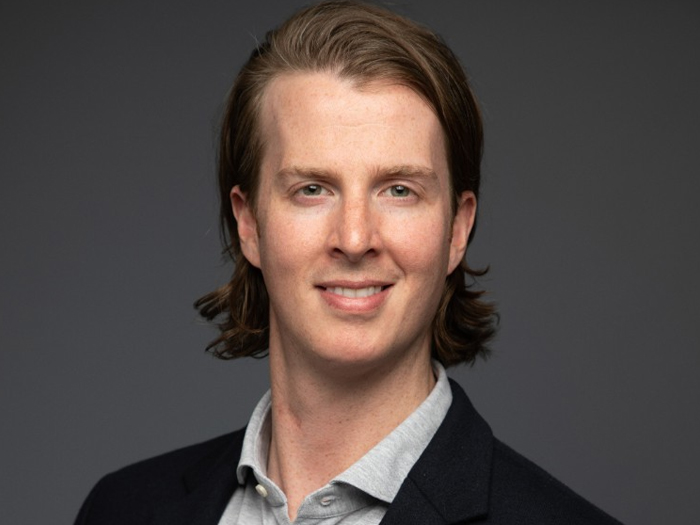2016 Power Broker
Energy, Upstream
A Wider Net
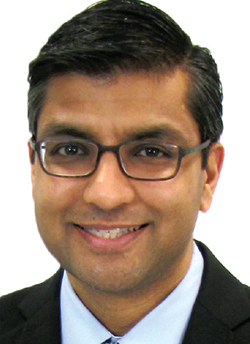
Aashish “A.C.” Chauhan
Director
Aon, Chicago
As bad as the domestic and global markets are for oil and gas, they are worse for coal, widely thought to be in terminal decline.
To be sure, coal is still responsible for a third of the power generated in the U.S., and more in many developing countries.
But as oil companies cut back, coal companies are going bust. So when A.C. Chauhan’s clients said they need to cut expenses, those are matters of corporate survival.
“We were under severe pressure to reduce costs,” said one risk manager.
“We are in a very difficult business, and it has been difficult to find carriers. A.C. marketed our program very widely, which was a big change from the past. We don’t venture out too often, and there have been underwriters who had peeked at us but never even made good quotes.”
One key was the decision by Chauhan, a director with Aon, to use in-house analytics to show that while there was some loss, the business could be written profitably.
Chauhan was very clear with the incumbent. They could — and needed to — reduce rates. Casting the net wider to create some competition didn’t hurt.
“I was surprised at the response,” said the risk manager.
“Carriers that were never interested in us, both domestic and international, were suddenly highly competitive. In the end, we decided to keep our incumbent, but that was on a strictly competitive basis.“
Unmatched Abilities

Jessie Guerrero
Senior Vice President
Marsh, Houston
Jessie Guerrero had a chance to show off his skill for a new client during a successful property program renewal this year.
“Just one month after taking over the program, Jessie led a strategy session that identified the need for a very technical approach to underwriting,” said the client’s manager of risk and insurance.
“He understood that we had a best practice loss control function and provided the guidance to emphasize that in the presentations. Those presentations were well-received and mitigated anticipated rate increases.”
But there was plenty more work to be done.
“Jessie worked with me to evaluate our commercial general liability program and what our most recent studies told us about adequacy of limits,” the risk manager continued.
“Jessie pulled together a very strong analytics team, led the scoping effort and we completed a risk finance optimization study that showed us the program was effective and efficient, and identified two areas to add value, mitigation action and additional limits.”
Another client is a venture with a new multibillion-dollar facility in a region prone to named storms.
“We have been involved in some of the most complicated insurance placements to date,” said the insurance manager, “and we would not have been able to do this without Jessie.
“His ability to understand both our company and our company’s insurance needs is unmatched. I have relationships with insurers and brokers across the globe and believe that Jessie is truly one of the rising stars of the industry.”
A Sticky Situation
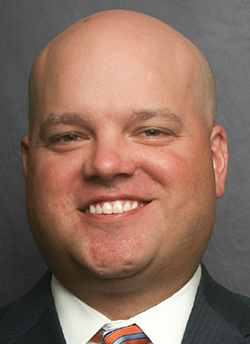
Charlie King
First Vice President
Alliant, Houston
One of the most important and overlooked trends in the upstream oil and gas sector is the growth of private equity investment.
During the shale boom there were initial public offerings almost every week as retail investors clamored to invest in new drilling.
But with oil prices down from $100 a barrel to below $40, public equity has deserted the upstream sector.
Private equity has stepped in, but that comes with significant changes in risk tolerance and management.
“Charlie recently helped us navigate from one private equity backer to our new firm,” said the chief accounting officer of one client.
“During the transition, our management team and employees were running multiple companies for both private equity firms, further complicating the insurance coverages. Our former company was acquired by another investment company and Charlie successfully completed that transition as well as picking up a new client through his expertise.”
There’s a behind-the-scenes story too: a complex claim outstanding involving some of the assets involved in the transfer. The claim itself was not terribly contentious, just “circuitous.”
And the machination ran the risk of delaying funding for the larger transactions. Having negotiated and closed the policy under which the claim was made, King played a pivotal role in getting the claim sorted among the operating companies, the investors, the carrier, and all the lawyers — all that being done against the backdrop of the asset transactions.
Beating the Odds

Tony Pham
Managing Director
Wortham, Houston
“The energy sector is really struggling,” said the senior corporate risk specialist for one large client of Wortham’s Tony Pham.
“In that environment insurance costs are not really coming down much. In many cases the risks are greater because there is more likely to be a loss.” It’s a vicious cycle: insureds need more and better coverage at just the time that their revenues are lower.
“Despite all that Tony was able to achieve a 10 percent reduction in premiums for our directors and officers coverage last year,” the specialist stated.
“Tony was able to do this because he was able to communicate our management and operational practices to the carriers. The lower premium was for the same coverage and the same retentions. We know that because we had an outside counsel review our policy, and they found only two non-material matters to bring to our attention.”
Pham is credited with being able to reduce premiums and expand coverage through differentiation and breaking out specialized areas of coverage.
For example, many oil and gas producers hedge their output, in effect pre-selling their production at pre-arranged prices to specific customers. That gives them financial security in a time of volatile prices.
But there is no free lunch, and those financial arrangements create additional exposures. Pham was able to secure manuscript endorsements for derivative books and other specialized risks in the upstream sector taking those exposures out of the main policy and reducing costs.
Untangling Regulation
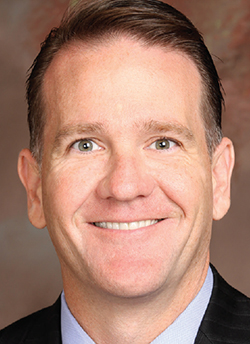
Kevin R. Sisk
Senior Vice President
Aon, Houston
Regulatory regimes in the 30 states where oil is produced run the gamut from highly supportive to highly inhibitive.
One client of Aon’s Kevin Sisk ran into some regulatory headwinds during its 2015 renewal because it operates in a wide range of states, from friendly to hostile.
That disparity in regulation created a tangle of risk management and insurance requirements.
“We brought in Kevin to handle our master service agreement,” said the corporate counsel.
“We had to get all our vendors to agree on that, then he moved over to our renewal, and was able to beat the target.”
The counsel cites one example. Some states have legacy rules that require gas producers to supply local customers directly. The vast majority of the gas market works from producers to gathering and processing companies to distribution firms.
Direct sales are a fraction of a fraction, but come with big liability exposures.
“Kevin knows this stuff,” said the counsel.
“He can explain it to the carriers, and get them to understand it.”
Another client also brought in Sisk to tackle complicated master service agreements.
“Kevin was instrumental in helping me develop my knowledge in this extremely difficult area,” said the risk and loss control specialist for the client.
“He put together guiding practices that were especially helpful in indemnification.”
Maximizing Coverage

Stephen Whalley, ACII
Area Senior Vice President
Arthur J. Gallagher, Houston
In a brutal 2015 for the oil and gas industry, most producers slashed their capital expenditures.
Yet some projects carried on, particularly the larger and more complex projects that were deemed essential.
Such was the case for a client of Stephen Whalley, an area senior vice president with Arthur J. Gallagher & Co.
“Stephen worked in a short timeframe to provide cover for a complicated and unique movement of 300 truckloads of materials and third-party equipment, using the barges and tugs of multiple companies,” said the client.
That movement had to take place during a very limited window, so there could be no delays or complications.
“Stephen worked effectively to shape and communicate the scope between our project staff and underwriters and others. The outcome was assured full coverage received just in time.”
In some cases, a reduction in active operations can actually increase exposures as wells are shut in and operations in whole areas suspended.
“Carriers are tightening terms and conditions across the board,” said the insurance and risk manager for another client. He added that the renewal this year was tricky, especially for control-of-well and in property coverage for leaks.
“Stephen grouped several of our policies together, and also put some subcategories under our subsidiary. We have seen an 11 percent reduction in our drilling rates and 16 percent reduction in our production. But Stephen was really able to maximize our credits.”





